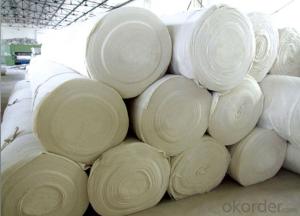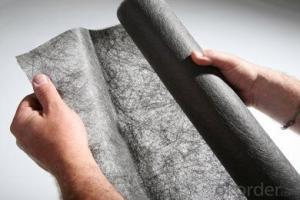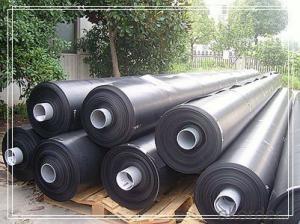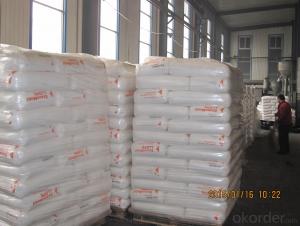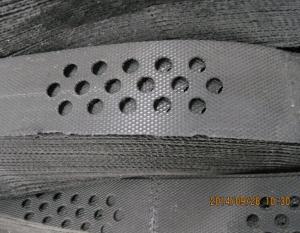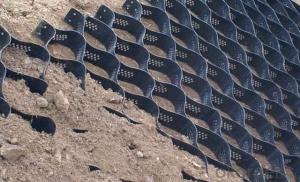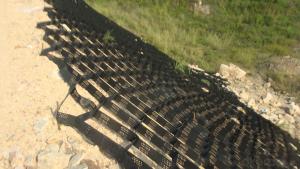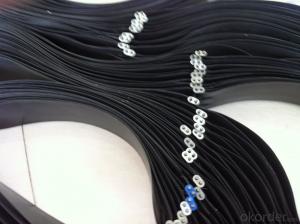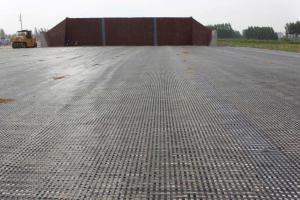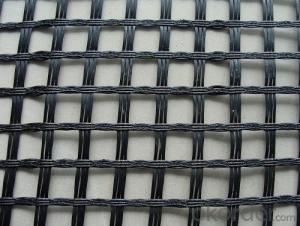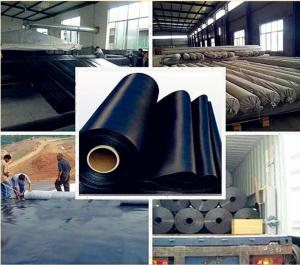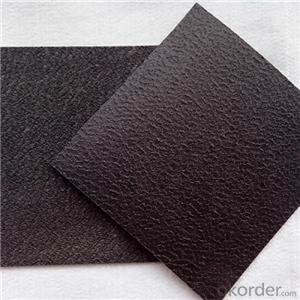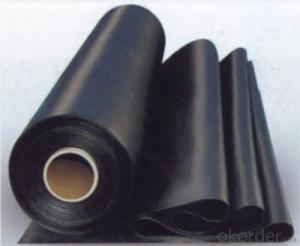All Categories
- - Steel Wire Rod
- - Steel Coils
- - Steel Profiles
- - Steel Pipes
- - Stainless Steel
- - Tinplate
- - Special Steel
- - Steel Sheets
- - Steel Rebars
- - Steel Strips
- - Hot Rolled Steel
- - Cold Rolled Steel
- - Pre-painted Steel
- - Seamless Steel Pipe
- - Welded Steel Pipe
- - Hollow Steel Tubes
- - Galvanized Pipe
- - Stainless Steel Coil
- - Stainless Steel Sheet
- - Stainless Steel Plate
- - Stainless Steel Strips
- - Electrolytic Tinplate Coil
- - Electrolytic Tinplate Sheet
- - Stainless Steel Rebars
- - Solar Panels
- - Solar Water Heater
- - Solar Related Products
- - Solar Inverter
- - Solar Cells
- - Solar Light
- - Solar Energy Systems
- - Solar Controllers
- - Solar Mounting System
- - Solar Pump
- - Solar Chargers
- - Fiberglass Chopped Strand
- - Fiberglass Mesh Cloth
- - Composite Pipes
- - FRP Pultrusion Profiles
- - Fiberglass Mat Tissue
- - Fiberglass Fabrics
- - Fiberglass Mesh
- - Composite Tank
- - Fiberglass Mesh tape
- - Polymer
- - FRP Roofing Panel
- - Fiberglass Roving
- - Monolithic Refractories
- - Ceramic Fiber Products
- - Refractory Bricks
- - Raw Materials For Refractory
- - Suspended Platform
- - Cranes
- - Concrete Machinery
- - Earthmoving Machinery
- - Building Hoist
- - Road Building Machinery
- - Plastic Pipe Fittings
- - Plastic Tubes
- - Plastic Sheets
- - Agricultural Plastic Products
- - Plastic Nets
 All Categories
All Categories
Q & A
How is frost heave managed in earthwork design and stability, especially in cold climates?
Frost heave is managed in earthwork design and stability, especially in cold climates, through various techniques. One common method is to properly insulate the ground to prevent freezing and subsequent heaving. This can be done by adding a layer of insulation, such as foam boards, beneath the soil. Additionally, designing proper drainage systems to divert water away from the area can help minimize the effects of frost heave. Using suitable materials with good frost resistance and compacting the soil properly are also important factors in managing frost heave in earthwork design.
How is geosynthetic material used for soil stabilization in earthwork?
Geosynthetic materials are used for soil stabilization in earthwork by providing reinforcement, separation, filtration, and drainage functions. They are often incorporated into the soil layers to improve their strength, stability, and overall performance. These materials, such as geotextiles, geogrids, and geocells, help distribute loads more evenly, prevent soil erosion, control water flow, and enhance the overall integrity of the earthwork structures.
How are surcharge loads applied in earthwork, and what effects do they have?
Surcharge loads in earthwork are applied by placing additional weight or pressure on the ground surface to simulate the anticipated loads that will be exerted on the soil once the construction project is completed. This can be done by using heavy machinery, placing temporary structures, or piling up materials on the ground.
The effects of surcharge loads are twofold. Firstly, they help to consolidate and compress the underlying soil by increasing the stress levels. This process, known as preloading, allows the soil to settle and stabilize over time, reducing the potential for future settlement or unevenness. Secondly, surcharge loads also provide a means to test the soil's ability to withstand the anticipated loads and assess its overall stability. By monitoring the settlement and deformation of the soil under the surcharge, engineers can make informed decisions regarding the design and construction of foundations or embankments.
In summary, surcharge loads play a crucial role in earthwork by promoting soil consolidation, stability, and evaluating its load-bearing capacity.
Wholesale Earthwork from supplier in Kenya
With our expertise and experience, we can help you with all your Earthwork product needs in Kenya. Whether you are looking for excavation equipment, soil stabilization products, erosion control solutions, or any other Earthwork products, we have a wide range of high-quality options for you to choose from.
Our team of experts is dedicated to providing excellent customer service and technical support. We can assist you with product selection, offer competitive pricing and quotations, and provide guidance on the best solutions for your specific requirements. We understand the unique challenges and requirements of the Kenyan market and can offer valuable insights to help you make informed decisions.
As a subsidiary of CNBM, a Fortune Global 500 company, we have the resources and capabilities to handle all aspects of Earthwork procurement. Our strong global network allows us to source products from reliable suppliers worldwide, ensuring that you receive the best quality products at competitive prices.
Whether you are a construction company, contractor, government agency, or any other organization involved in Earthwork projects, we are here to support you. Our aim is to provide you with a seamless and hassle-free procurement experience, saving you time and effort in sourcing Earthwork products.
Contact us today to discuss your Earthwork product requirements in Kenya. We are confident that our comprehensive range of products, competitive pricing, and outstanding customer service will meet your needs and exceed your expectations.
Our team of experts is dedicated to providing excellent customer service and technical support. We can assist you with product selection, offer competitive pricing and quotations, and provide guidance on the best solutions for your specific requirements. We understand the unique challenges and requirements of the Kenyan market and can offer valuable insights to help you make informed decisions.
As a subsidiary of CNBM, a Fortune Global 500 company, we have the resources and capabilities to handle all aspects of Earthwork procurement. Our strong global network allows us to source products from reliable suppliers worldwide, ensuring that you receive the best quality products at competitive prices.
Whether you are a construction company, contractor, government agency, or any other organization involved in Earthwork projects, we are here to support you. Our aim is to provide you with a seamless and hassle-free procurement experience, saving you time and effort in sourcing Earthwork products.
Contact us today to discuss your Earthwork product requirements in Kenya. We are confident that our comprehensive range of products, competitive pricing, and outstanding customer service will meet your needs and exceed your expectations.
